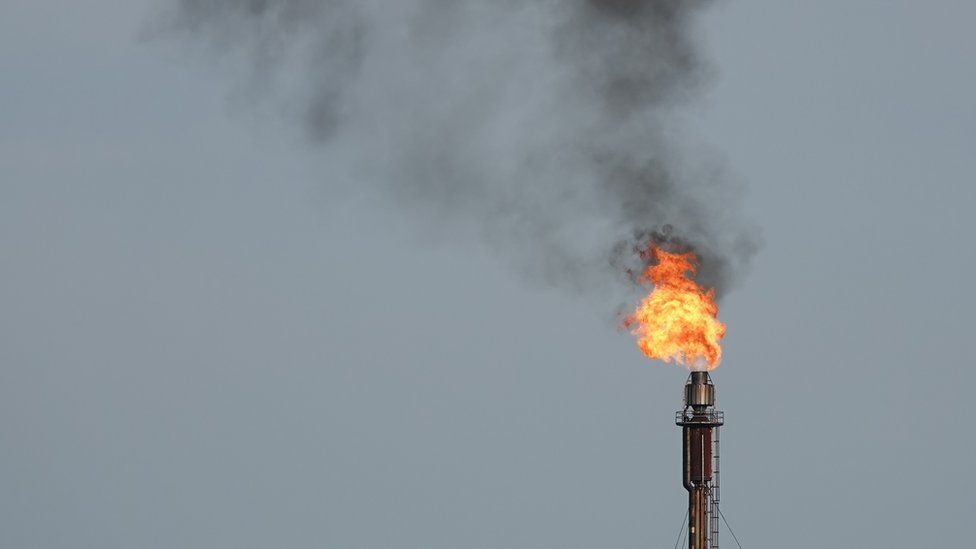-

-
-
Loading

Loading

Title: UK's First Methane Leak Detected from Space Raises Hope for Timely Prevention Introduction: The UK has witnessed a major methane leak, a potent greenhouse gas, for the first time, with its detection by satellite paving the way for quicker prevention of future leaks. Methane, which has 28 times the heating potential of CO2, significantly contributes to global warming. The leaked gas, which could have powered 7,500 homes for a year, emanated from a pipeline in Cheltenham and was discovered in March through the collaborative efforts of Leeds University and GHGSat, a satellite measurement company. This breakthrough highlights the importance of identifying and addressing methane emissions in the fight against climate change. Detection of the Methane Leak: Emily Dowd, a PhD researcher at Leeds University, had been utilizing satellite imagery to analyze methane leaks from landfill sites when she stumbled upon a methane leak from a gas pipeline in Cheltenham, owned by Wales and West Utilities. The distinct marker of the leak became visible on the satellite images. Determined to tackle the issue, Dowd worked alongside GHGSat and Royal Holloway University to conduct further surveys from space and take on-the-ground measurements. This highlights the potential of satellite technology in quickly detecting methane leaks. Importance of Tackling Methane Emissions: Methane emissions are responsible for approximately 30% of the global temperature rise, making their identification and reduction a crucial objective for the UK and other countries combating climate change. The main sources of methane emissions include the oil and gas industry, farming, and landfill sites. While the UK has witnessed a significant decrease in methane emissions since 1990, progress has recently slowed. Currently, detection of methane leaks relies on challenging on-the-ground surveys, which becomes even more difficult with thousands of miles of pipelines and sites to cover. Satellite technology offers a valuable solution by providing frequent and cost-effective imagery. Satellite Detection Process and Future Potential: GHGSat, with its constellation of nine satellites orbiting 500km overhead, offers high-resolution devices capable of identifying gases at a resolution of 25m. Their satellites collect images frequently and without the need for ground deployment, thereby enhancing effectiveness and affordability. This innovative detection process has shown promise in rapidly identifying methane leaks. The UK has recently partnered with GHGSat through a £5.5m program funded by the UK Space Agency, which will provide satellite data on methane emissions to organizations like Ordnance Survey. Conclusion: The detection of the UK's first methane leak from space signifies a significant step forward in addressing methane emissions promptly. Satellites offer a unique advantage in their ability to provide frequent and high-resolution imagery, aiding in the identification and prevention of methane leaks. While further developments are needed, the potential of satellite technology in monitoring global greenhouse gas emissions and guiding the path to Net Zero is undeniable. By harnessing satellite data and technology, the fight against climate change can gain crucial momentum.